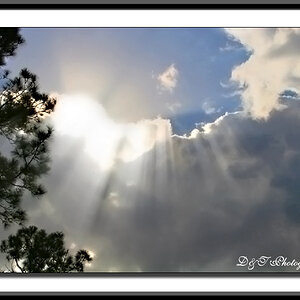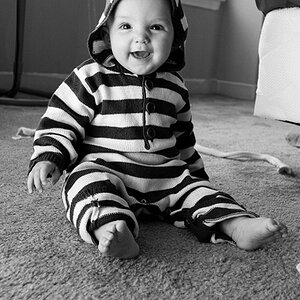IByte
No longer a newbie, moving up!
- Joined
- Apr 8, 2011
- Messages
- 2,497
- Reaction score
- 493
- Location
- Ny
- Can others edit my Photos
- Photos OK to edit
Ok, because the amount of money you are investing (or going to invest) in flashes, you could buy a decent starter kit that comes with batteries.
Flashpoint 320M kit with battery,case,stands,snoot,umbl FP320MPPWK
Add 50.00 roughly for a carrying case.
Flashpoint 320M kit with battery,case,stands,snoot,umbl FP320MPPWK
Flashpoint 320M kit with battery,case,stands,snoot,umbl FP320MPPWK
Add 50.00 roughly for a carrying case.
Flashpoint 320M kit with battery,case,stands,snoot,umbl FP320MPPWK


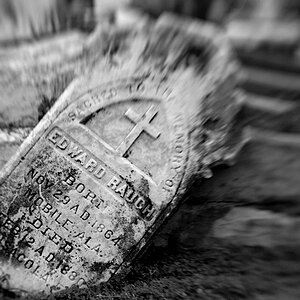



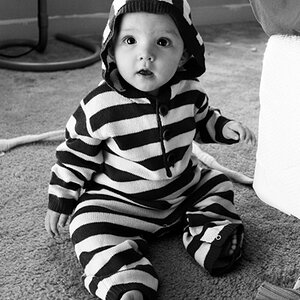
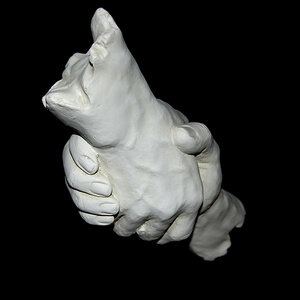
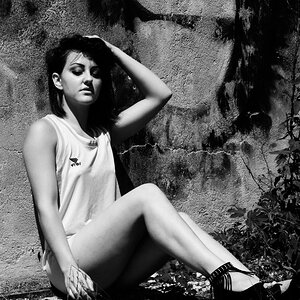
![[No title]](/data/xfmg/thumbnail/38/38261-db20f6f92ee8f0d4c5cf1536e308638b.jpg?1619738546)

